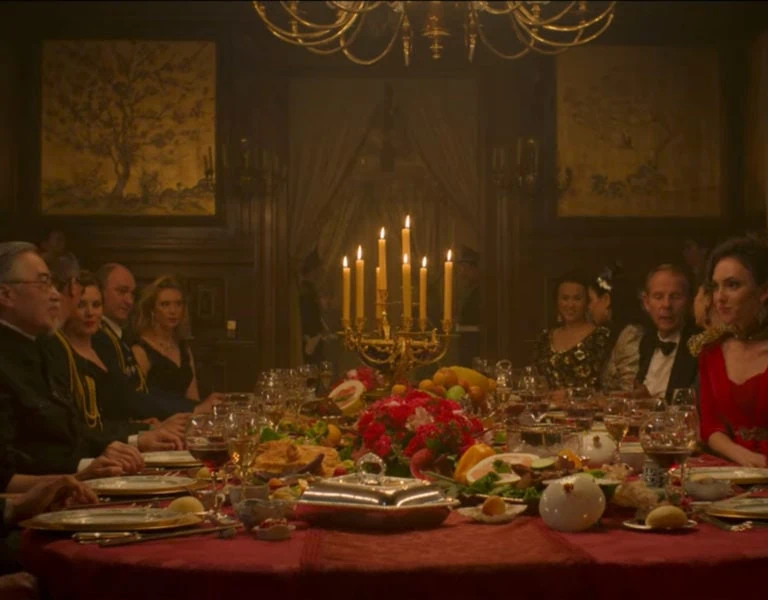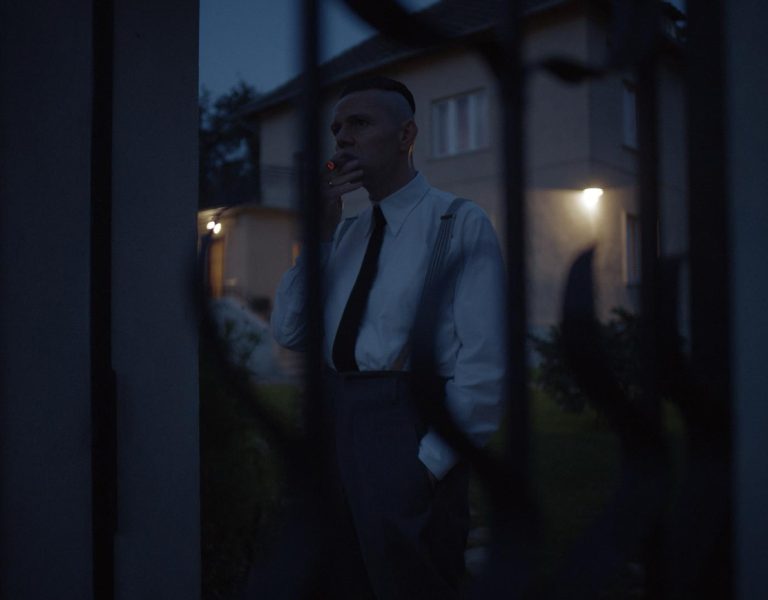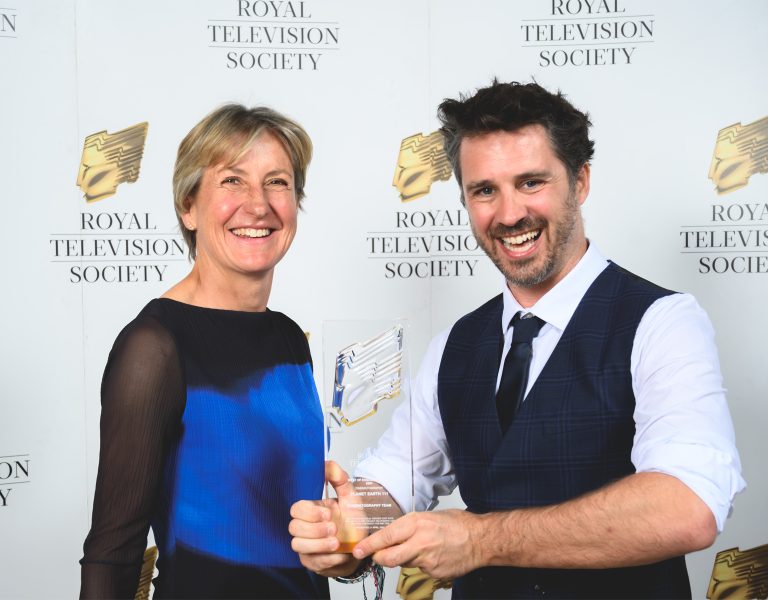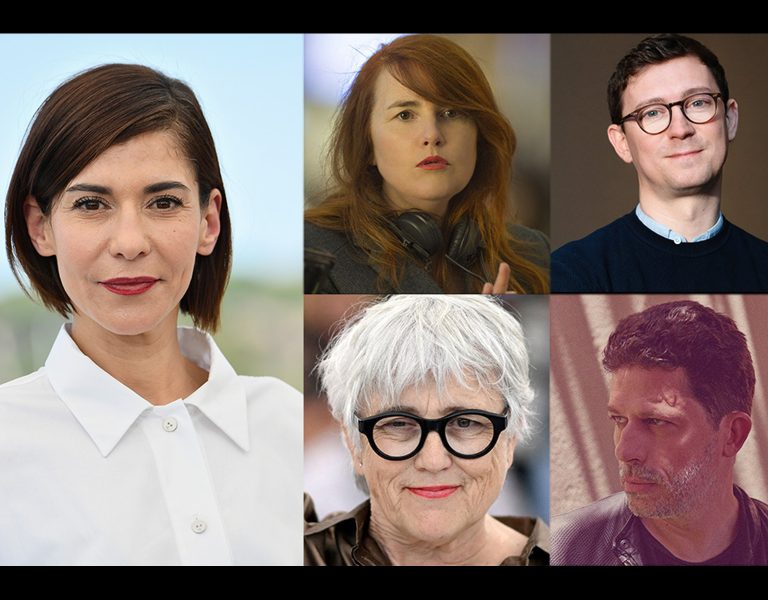
Leading up to production on Universal Pictures’ action film Nobody, cinematographer Pawel Pogorzelski (Hereditary, Midsommar) tested a variety of cinema cameras, just like he’s done for every film he’s shot.
It’s an exercise he admittedly loves. He lined up a variety of cameras, including RED DSMC2s with the MONSTRO, HELIUM, and GEMINI sensors. When director Ilya Naishuller (Hardcore Henry) and he compared the results, one in particular jumped off the big screen: HELIUM.
Call it a moment of divine inspiration or serendipity, but during the test Pogorzelski inexplicably pushed the HELIUM to 1600 ISO. It was the only camera he tried at that setting. “Why?” he asks, ruminating for a few moments. “I don’t remember why I did that in the test room that day. I shot the HELIUM at 800 and 1600 ISO, and 1600 gave us this look that we responded to emotionally – that’s the movie.”
Nobody seems to be an ideal movie for pent-up audiences. Filmed pre-pandemic on location and in studios in Winnipeg, Canada, Bob Odenkirk stars as Hutch, a low-key family man whose quiet life is upended after the burglary of his suburban home. No longer able to repress who he truly is – a highly skilled weapon – Hutch discards his innocent bystander facade, drawing the ire of the criminal underground.
The film’s visual aesthetic was influenced by the signature styling of Korean action movies, with their rich, vibrant colours and deep, inky blacks. “It came from getting the right camera, the right lenses and then creating the right LUT early on with the colourist,” the cinematographer says. “That really helped define the movie, and you get to see it as intended while you’re shooting it – that gets everyone excited.”
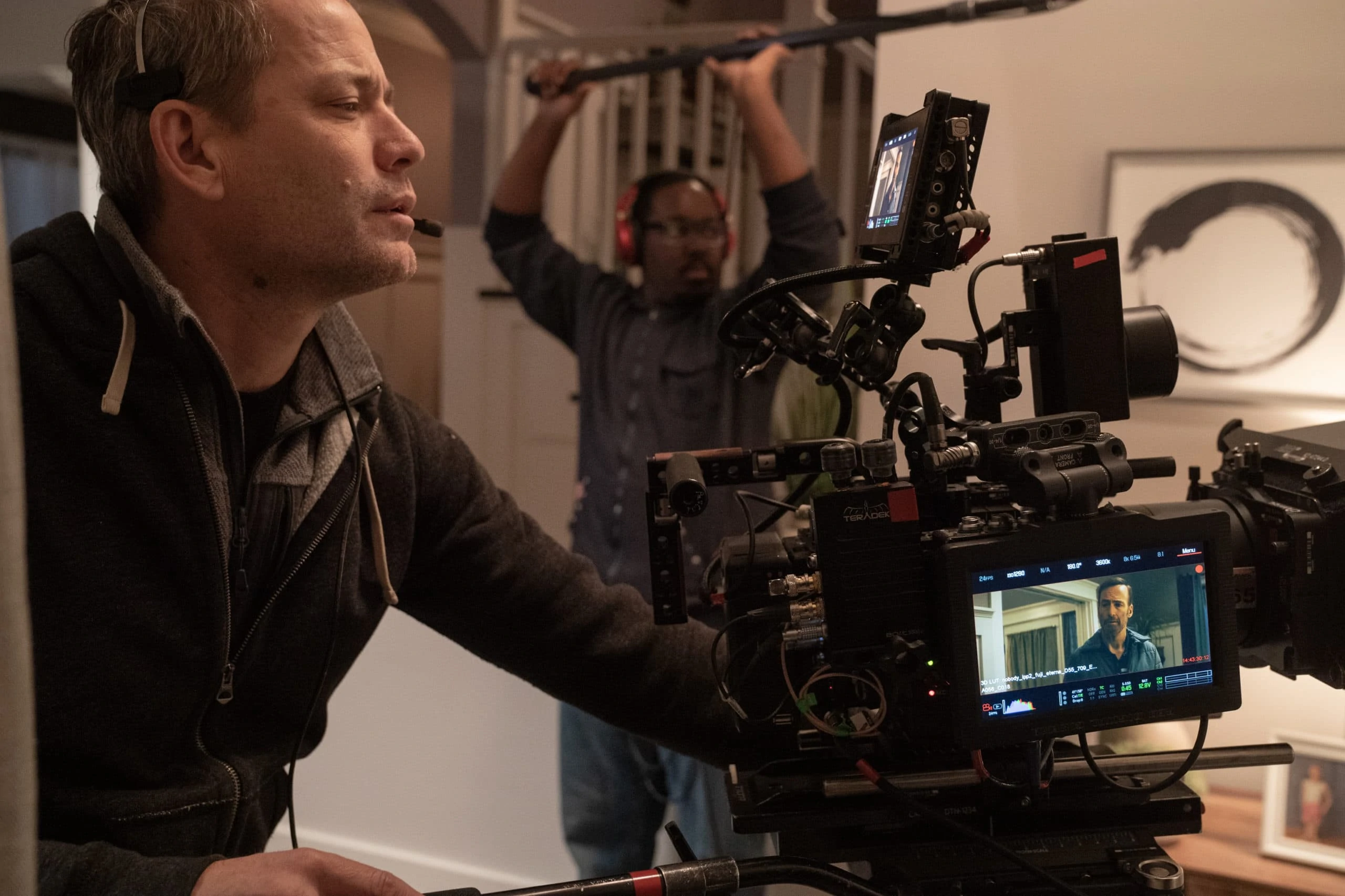
Lending to the visual aesthetic was Pogorzelski’s choice to go with Hawk V-Lite 2x Anamorphic lenses. “I’m not such a technical person,” he says, “so it was more of a visual response for me. The combo of the HELIUM with the Hawk lenses was the closest to what we had in our minds, reflecting what the image should look like on screen. My testing is elaborate so that on the big screen we see all the nuances such as the focus roll off and the bokeh, as well as little flares, contrast, skin tones and how faces morph from distortion.”
Pogorzelski shot at 2.35:1 at 6K resolution, primarily with two cameras. On studio days, the B camera was sent off to get inserts. “I’d run between A camera with the actors and B camera to light those sets,” he recalled. “It was exhausting but a lot of fun.”
The hero LUT, created at EFilm with colourist Walter Volpatto, who since has moved over to Company 3, was dense, at least two-thirds to a full stop darker to enrich the colours. That also meant Pogorzelski often had to light the black and darker areas of scenes. Whenever there was a need to be certain, a quick disabling of the LUT proved the HELIUM sensor indeed was capturing all the necessary image information.
“There were a couple of nighttime car chase scenes,” the cinematographer relates, “where I had to light full city blocks, which I had never done before. I put a Hawk zoom on the camera and, with a monitor, walked the streets with my gaffer and key grip to see what was rendering and what wasn’t with natural light. I ended up having to shoot with more light than I thought because of the heavy LUT. Having Condors with 18Ks was a new experience for me. Even my gaffer was shocked at how much light we were pumping for a 1600 ISO image.”
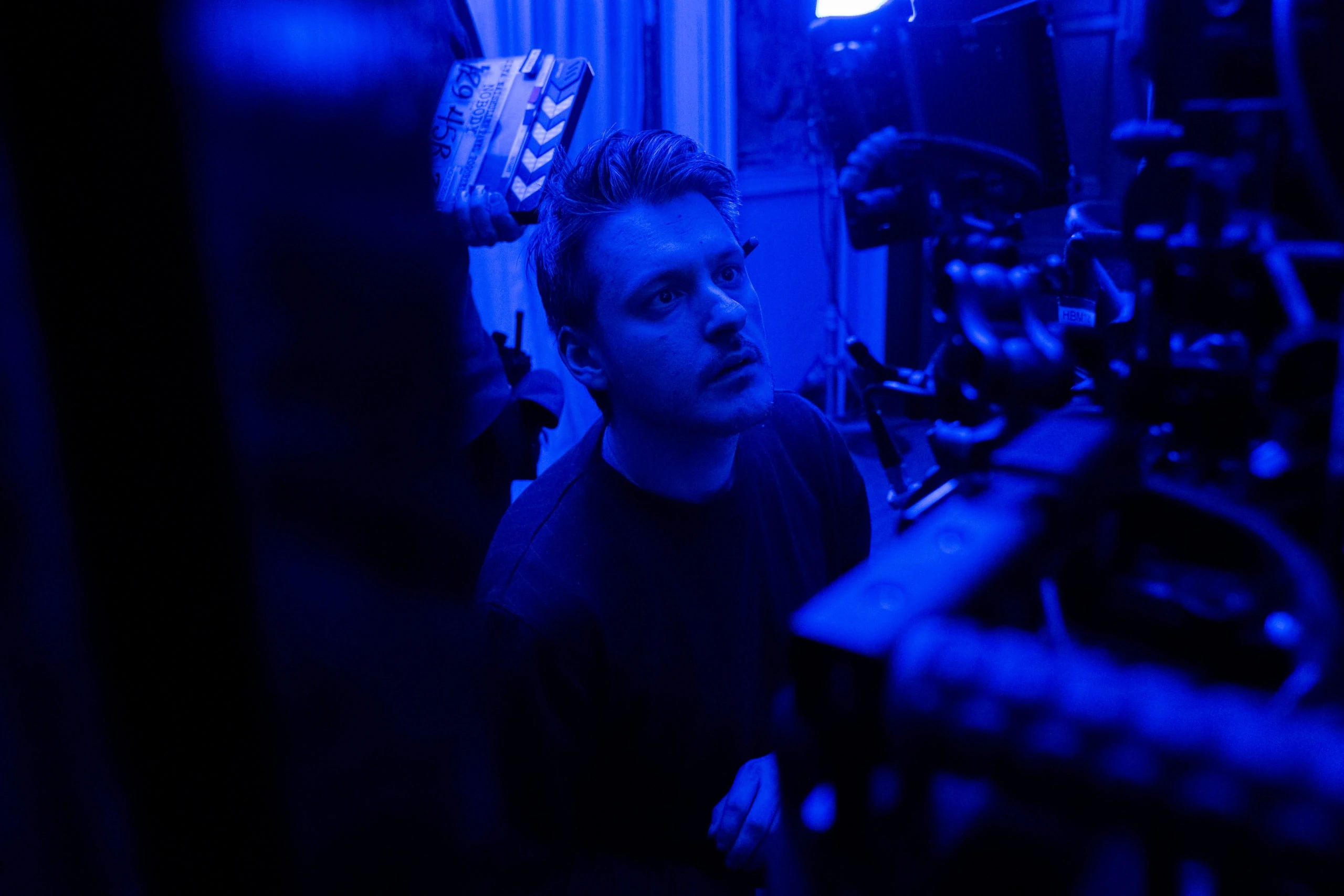
When henchmen invade his house, Hutch turns the tables by killing all the lights and a striking series of silhouetted fight scenes ensues. Pogorzelski created soft, ambient light at a T-4 level but opened up to a T-2.8 and a half for filming. “It gives me more of a comfort zone,” he said, “overexposing so I can bring it down in post with just the right amount of contrast and darkness to feel natural. But, if I ever needed to lift it any in post, the image wouldn’t be noisy.”
Pogorzelski holds a deep appreciation for RED as a company. “Their support is amazing, as is their new IPP2 [Image Processing Pipeline] colour profile, but what I really love is that, since their debut camera, they’ve pushed everyone else to improve,” he said. “As a DP, it’s great to have options, like a different brush for each application. I believe deep down one can get nearly the same result from any camera, but why not choose a paintbrush that gets to that result with an easier stroke? For Nobody, that brush was the RED HELIUM.”
Posted with permission from RED Digital Cinema – Behind the Look


